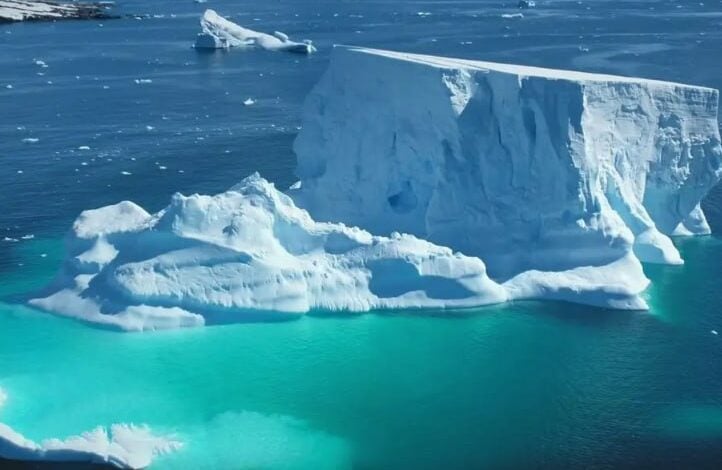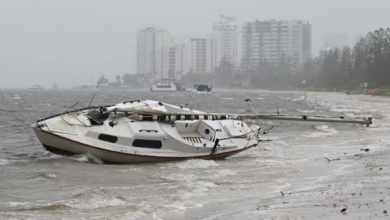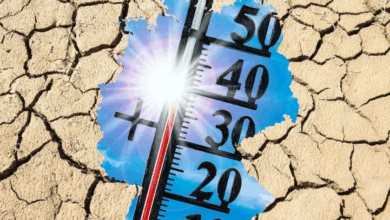Antarctic Sea Ice Collapse Linked to Sudden Rise in Ocean Salinity

Antarctic Sea Ice Collapse Linked to Sudden Rise in Ocean Salinity
——————————
New research reveals a sharp increase in surface salinity in the Southern Ocean south of 50° latitude, coinciding with the steepest decline in Antarctic sea ice ever recorded, Earth.com reported. Led by the University of Southampton, an international team combined satellite data and autonomous ocean float readings to identify this unexpected shift occurring after 2015.
Traditionally, cold, fresh surface water creates a barrier that traps deep ocean heat, protecting sea ice. However, rising salinity weakens this stratification, allowing warmer water to mix upward and melt sea ice from below. Lead author Alessandro Silvano described this as a dangerous feedback loop: “Less ice leads to more heat, which leads to even less ice.”
Since 2015, Antarctic sea ice has shrunk by an area comparable to Greenland, marking one of the largest environmental changes in recent decades. The re-emergence of the Maud Rise polynya—a large open water area in the Weddell Sea last seen in the 1970s—signals the unusual conditions now affecting the region.
This rapid transformation challenges previous climate models that predicted slower sea ice loss due to surface freshening. Scientists emphasize the urgent need for continuous monitoring to understand and predict future changes in the Southern Ocean’s ice-ocean system, crucial for global climate stability.






